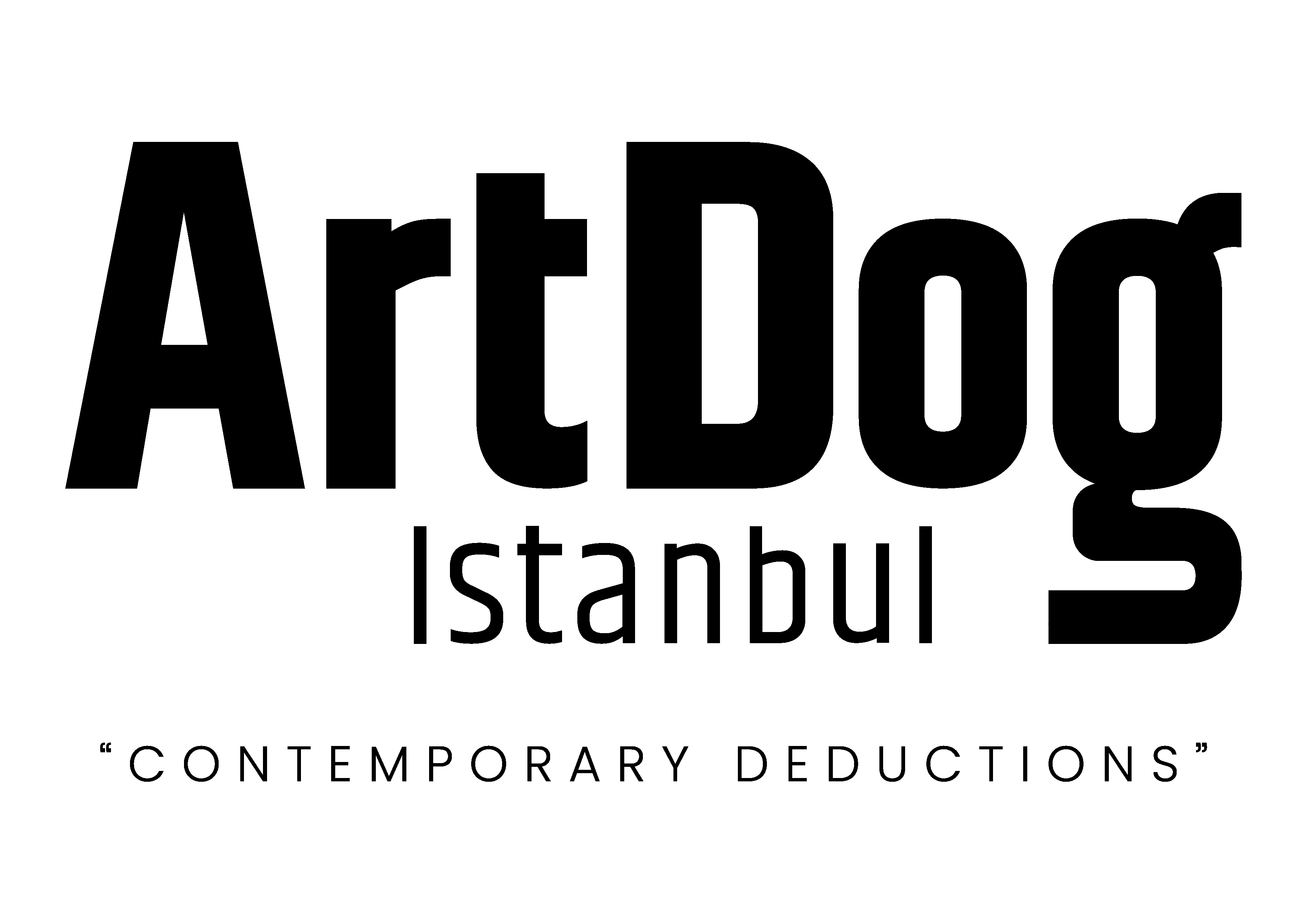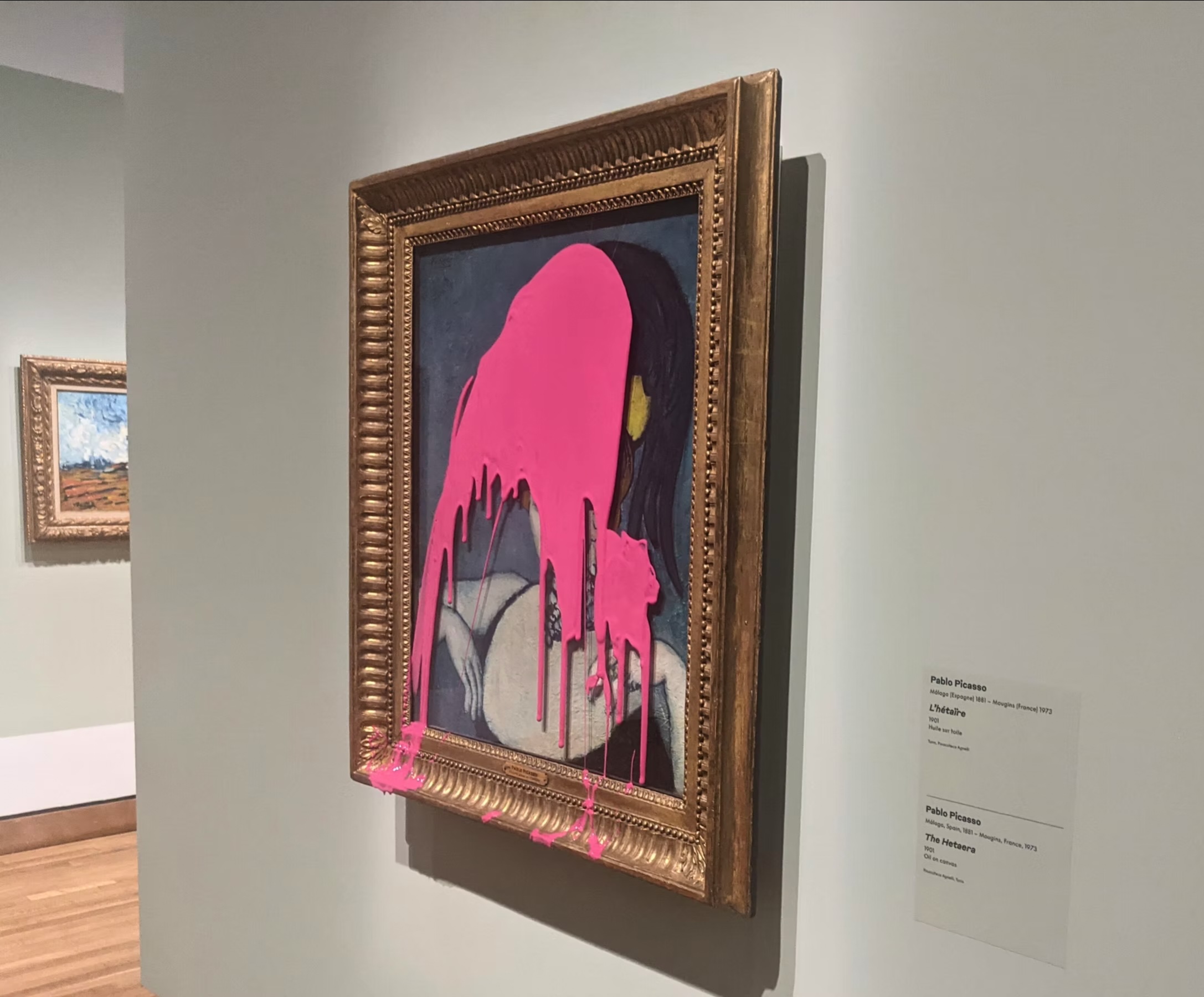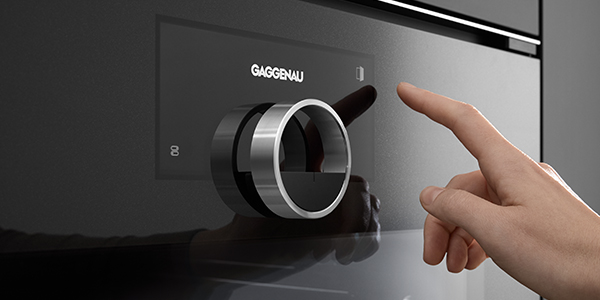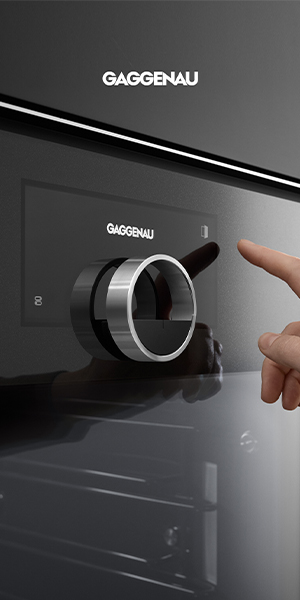As hostilities escalate between Iran and Israel, cultural institutions in both countries have begun implementing emergency measures to safeguard their national treasures, underscoring the vulnerability of art in times of war.
In Iran, the Cultural Heritage, Tourism and Handicrafts Organization has ordered the relocation of valuable museum collections to secure storage facilities across the country. The move came as missile attacks targeted Tehran and other metropolitan areas late last week. Deputy Minister Ali Darabi announced the activation of “crisis protocols,” directing the custodians of museums to prioritize the safety of “prominent artifacts.” By Saturday, Iran’s Ministry of Culture confirmed that sensitive materials had been successfully transferred and that all museums and heritage sites would remain closed until further notice.
Tehran is home to a wealth of globally significant cultural institutions. The Iranian National Museum holds artifacts that span more than 300,000 years of Persian history, while the Tehran Museum of Contemporary Art houses an internationally renowned collection that includes works by Monet, Picasso, Rothko, and Bacon. The Golestan Palace, a 19th-century Qajar-era complex recognized by UNESCO, also sits at the heart of the city’s cultural identity.
The missile strikes and subsequent evacuations—including orders affecting Tehran’s densely populated District 3—have raised alarm about the safety of not only civilians but also the fragile legacy of millennia-old civilizations. Iran’s concerns mirror those of Israel, where art institutions similarly rushed to protect their collections following Iran’s retaliatory attacks on Tel Aviv.
On Friday, the Tel Aviv Museum of Art initiated its wartime protocol by relocating every artwork from its galleries to underground facilities. The Israel Museum in Jerusalem, home to a significant collection of archaeology, Judaica, and fine arts, also closed its doors, securing both its own holdings and works on international loan. “We’re used to this,” said museum director Suzanne Landau, speaking to Kan radio. Still, both institutions acknowledged that indefinite closure is a last resort, reflecting the seriousness of the current threat.
On Monday, the Society for Iranian Archaeology, an independent academic organization, issued a statement condemning attacks on Iran’s cultural institutions. Shared via Telegram, the message appealed to UNESCO, ICOMOS, and the Blue Shield to “closely monitor the situation” and deploy emergency measures for the protection of at-risk heritage sites.
“Cultural heritage is not only the patrimony of a single nation—it is a legacy shared by all humanity,” the organization wrote. “Its destruction constitutes a profound assault on identity, memory, and the foundations of peace. We call for immediate, coordinated international action to safeguard human life, protect cultural heritage, and defend the values of international law and shared humanity.”
As tensions intensify, the fate of some of the world’s most significant cultural collections hangs in the balance—a stark reminder of how art, in the face of conflict, becomes both symbol and casualty.











